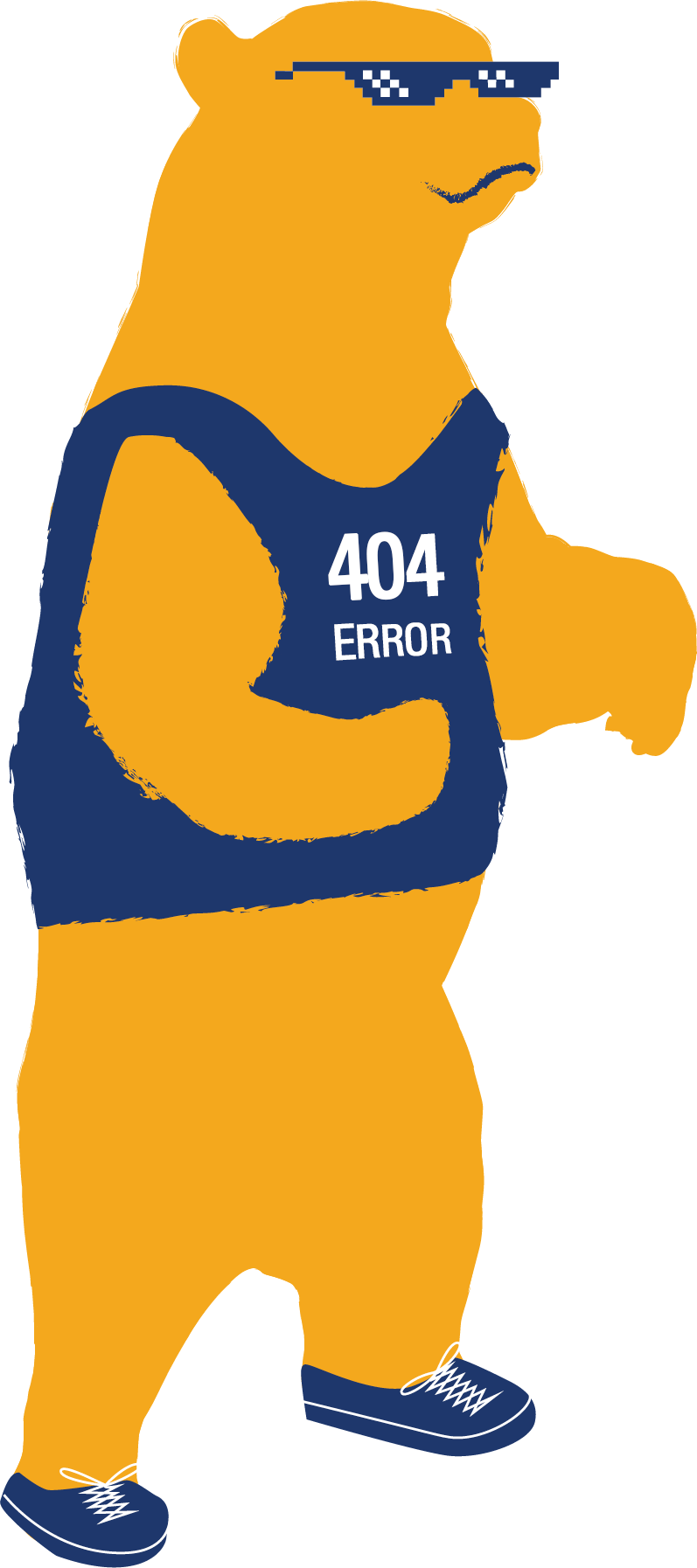
It seems you were looking for something that is no longer here.
Perhaps you were looking for information on our Academic Programs, Admission, how to change a password, or to catch up on our latest news? You could always try our search engine or site map.
If a link on our site brought you to this page, please let us know by emailing report-web-problems@wne.edu.
